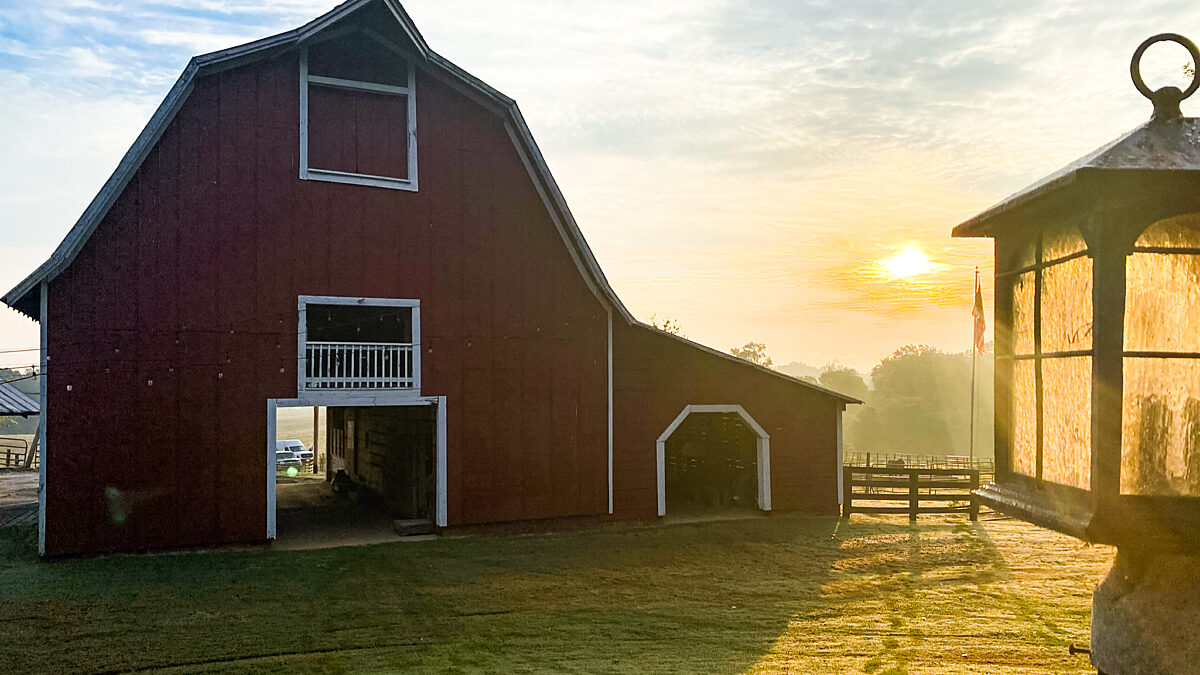2018 Farm Bill Delivers Wins for Farmers and Ranchers
Zippy Duvall
President

photo credit: AFBF Photo, Mike Tomko
Zippy Duvall
President
The 2018 farm bill was a much-needed win for farm and ranch country. For the first time in a long while, the farm bill was passed in the same year it was introduced, and we got the new farm bill signed into law well before spring planting begins. Farmers and ranchers are ready now for the bill to get implemented, and we know Secretary Perdue and his team at USDA are just as eager to get to work making that happen. In today’s Zipline and the next few, I’d like to take a look at the improvements we all have to look forward to with the implementation of the 2018 farm bill.
First and foremost, the 2018 farm bill brings America’s farmers and ranchers another five years of certainty in a time when many are struggling to hold on through a down farm economy. The starting point for every farm bill is to protect our country’s ability to grow a safe, sustainable and affordable food supply. Farm Bureau has been in the room from our country’s first farm bill all the way up to this newest one, and we are proud of the work our lawmakers have achieved to bring improvements to our risk management tools and protect crop insurance.
The 2018 farm bill also addresses one of the fastest-growing concerns in farm country—how we’ll get young people back to the farm.
Risk management tools such as Agriculture Risk Coverage and Price Loss Coverage programs were improved upon in the 2018 farm bill. Our lawmakers count on hearing from each of us on what works and what doesn’t with programs like these. That’s why Farm Bureau’s Farm Bill Working Group spent nearly three years considering what changes were needed to provide farmers with the risk management tools that work best for individual businesses. Support levels were adjusted in both ARC and PLC to respond to changes in the market, and farmers will have greater flexibility to change programs at designated enrollment times to be sure they have the best tools for their business.
Speaking of farm businesses, this farm bill expands the definition of actively engaged to reflect the variety of business models across rural America. This was much needed, and beginning this year, extended family members such as first or second cousins who contribute to the farm will be eligible to receive risk management support from the farm bill.
The farm bill also modernized Marketing Loan Rates, which hadn’t been changed in 10 years. Outdated loan rates, in some cases half of today’s crop value, didn’t make good business sense for farmers seeking post-harvest loans and it was bringing real challenges to family farms across the country. With the 2018 farm bill, those rates will be updated and modernized so that farmers and ranchers can keep moving their businesses forward.
The 2018 farm bill also addresses one of the fastest-growing concerns in farm country—how we’ll get young people back to the farm. We need to find ways to share our passion for growing crops, raising animals and caring for the land with the next generation: The food security of our nation depends on it. Agriculture is the greatest industry around, but it can be costly to get started and hard to absorb the challenges of changing markets and weather in those early days. Thanks to the 2018 farm bill, beginning farmers and ranchers and veterans returning to the farm will have greater access to risk management programs and loans to help them get a sure footing as they’re starting out.
We must remember, however, that none of these tools would be available to us without the hard-working men and women at USDA and FSA offices across the country. I hope you will thank these public servants as you go into your county offices this week. I know we’re all grateful for the long hours they have put in, without pay, over the last several weeks to ensure farmers and ranchers are able to access the services we need to keep up our good work of growing the best food, fuel and fiber in the world. They have remained true in the mission laid out by Secretary Perdue, and helped us fulfill ours, to “do good and feed people.”
AFBF’s Market Intel team has already been hard at work crunching the numbers on what the changes to the farm bill will mean for farmers and ranchers across the country. Our Chief Economist, Dr. John Newton, provides more details on the changes to Title 1 in this Market Intel analysis.
Zippy Duvall
President
Vincent “Zippy” Duvall, a poultry, cattle and hay producer from Greene County, Georgia, is the 12th president of the American Farm Bureau Federation.
Trending Topics
VIEW ALL